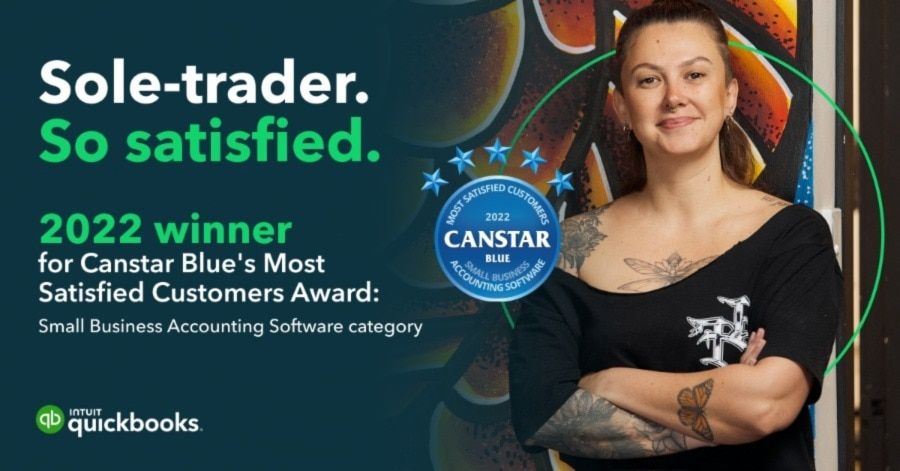Eight Tips for creating a strong promotional strategy
Most promotions have two primary goals: To increase revenue and maximise market exposure. As you create a strategy geared towards those goals, remember the following tips.
1. Keep promotions simple
You’re likely to get a high response rate if your promotions are easy to understand and redeem. The simplest strategy is to discount the item for everyone. If you strike out the original price on your website and display the new price, perhaps in a bolded font, people can easily see the benefit of the promotion.
Another option is to use promo codes. When you go this route, you need to make sure that the promo code is straightforward to use. Don’t make it so that people have to hunt down the code once they’re on your website.If you’re sending an email, display the promo code prominently, so people can go back and find it if they forget to copy it. Consider publishing the code on your website for easy access, too.
2. Bundle products together
One way companies sell more products is through bundling -offering two or more products for a combined cost that’s less than the total cost of the individual items when purchased separately. Merchants often use this strategy to move a product that isn’t selling well by pairing it with a popular product.
Say that you’re a jewellery retailer with earrings priced at $20 a pair and bracelets at $10 a pair. Your earrings are flying off the shelves, but no one’s biting at the bracelets. By offering a bundle of one pair of earrings with one bracelet for $25, you could move your bracelet stock and potentially get more loyal followers in the process.
One famous example comes from Nintendo, which sold 100,000 more consoles and more than a million game cartridges when bundling the two.
3. Reward customers to boost orders
You can increase the average value of your orders (AOV) by offering a freebie when a customer reaches a certain purchase threshold.
One popular version of this strategy is conditional free shipping -the “Free Shipping over $X” offer. One article explains that free shipping would increase the likelihood of an online purchase for about 80% of Australian customers. If you have a lot of orders totaling $60, consider offering free shipping at $75.
If you can’t afford to offer free shipping, that’s okay. Choose a small complimentary item to offer when an order reaches a certain threshold.
4. Reward top customers with special offers
Some data analytics indicate that existing customers spend 31% more than new buyers, and they’re 50% more likely to try a new product. You can boost that loyalty by rewarding your highest spenders with customised offers.
To get even more out of this strategy, encourage your rewarded customers to share their good fortune on social media. This is a great opportunity for a referral bonus.
5. Re-merchandise your product and homepage
Many retailers think of merchandising as a brick-and-mortar strategy, but it’s just as important for e-commerce. Your customers get used to seeing your page as it is. When you mix it up and add new visual elements, you draw attention to your promotion.
Consider remarketing your homepage and product pages when you start your promotion. A good way to start is by revamping your homepage, placing promoted products front and centre. You can also revitalise any category and individual product pages highlighting not only the promotion, but also any accessories, add-ons, or popular related products.
6. Seed product reviews
Reviews matter to many customers. One study shows that close to 95% of consumers read reviews before making a purchase. On the retailer’s end, showing five reviews compared to no reviews for a product can increase conversions by up to 270%.
Before you run your promotion, make sure your products have good reviews. Meanwhile, start collecting original reviews. One particularly effective technique, especially for new product launches, is to send products to customers and ask for reviews. Then, with their permission, you can post them to your product pages.
Buyers can give you reviews as well. Mailchimp makes it easy to collect reviews from current customers through automated product follow-up emails. All you need to do is add language requesting a review of a recently purchased product perhaps with a link to a review submission page on your website.
You can link to third-party review sites, too. Don’t worry if not all of the reviews there are glowing -research shows that negative reviews help to build trust and can lead to as many as 85% more conversions.
7. Test out different promotions
Different audiences respond to different promotions. Consider conducting A/B testing, an easy and effective way to understand how your audience engages.
A/B testing sends out two versions of a campaign -a percent-off promotion versus a dollars-off promotion, for example. Mailchimp offers A/B testing as a feature available in all paid plans, so you can easily refine your strategy and optimise your results.
8. Stay memorable
Consumers have promotions coming into their inboxes and social media feeds every day. It’s important for you to stand out as a brand, preferably with a personal touch. Consider adding a thank-you card or free sample item in the package to delight your customers.














